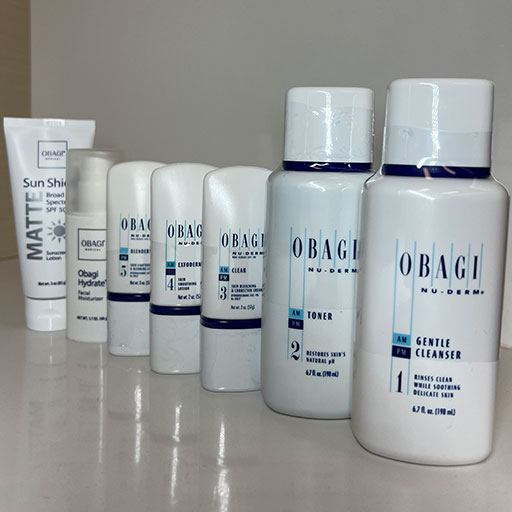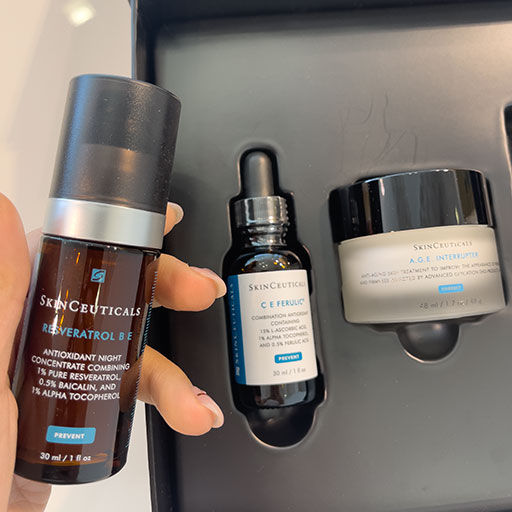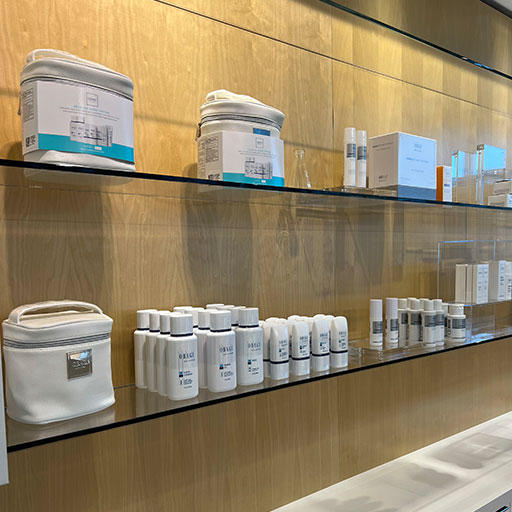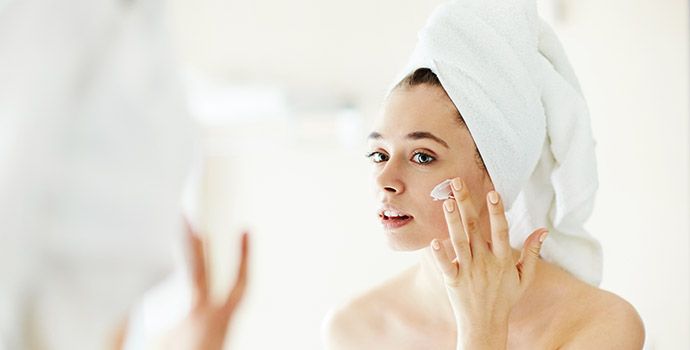Mirror Mirror Beauty Boutique offers more than just noninvasive procedures; we also provide a wide range of medical-grade skin care products. These unique, specialized products can give the skin a healthy glow, maintaining the results from a recent treatment, and warding off future signs of aging.
SkinBetter

As seen on Allure and Cosmopolitan magazines, SkinBetter products are purposefully developed and only available through authorized providers. Mirror Mirror is proud to be one of the few providers in Houston to carry these award-winning products! See real results and start your new skincare routine today.
SkinCeuticals
Mirror Mirror provides one of Houston’s biggest selections of SkinCeuticals products. This physician-grade skincare line is only available from licensed medical professionals. The popular skincare line strives to improve skin health.
SkinMedica

SkinMedica uses clinically tested ingredients to formulate their skincare products. Mirror Mirror offers the full high-quality line of medical-grade skincare products. From sunscreens to masks get optimal results from the comfort of your home.
Skin Medica onlin

VI Derm
Makers of the #1 Peel in medical spas, introduces a paraben free skin care line to help address acne, anti-aging, and hyperpigmentation from sun, scars and hormone imbalances. A simple, yet effective, skin care routine for all skin types, conditions, and skin tones, VI Derm can help even out skin tone and texture.
Obagi

Obagi develops scientifically backed, clinically tested formulations to reveal healthy, future-facing skin. Our skin care products are designed to restore skin’s natural radiance by visibly improving skin tone and texture and diminishing the appearance of premature skin aging, photodamage, acne, and sun damage.

Vita-Medica
VitaMedica utilizes nutraceuticals, combinations of vitamins, minerals, and other nutrients, to provide support for surgery, healing, wellness, and age management.
Talk with your esthetician or Dr. Vitenas about our complimentary Visia Skin Complexion Analysis. Through the use of cutting-edge technology, a clear and detailed evaluation of the skin can be established. Wrinkles, age spots, sun damage, and the presence of acne-causing bacteria will be noted; allowing for an individualized treatment plan to be created.




Sharon has been my aesthetician for about two years now and she’s simply incredible. With consistent treatments in conjunction with daily product application, my skin has transformed. I enjoy not having to depend on makeup to cover hyperpigmentation, large pores and other embarrassing skin marks. I also appreciate her educating me on my skin and what products to use/not to use.
Real Patient

Skin Care FAQ
Skincare products available at the physician’s office are very different from those at the drug store. Medical grade skin care products are free of fillers and perfumes that can irritate the skin. The prescription grade ingredients have been scientifically proven to treat specific problems; nothing unnecessary is included.
Anyone can benefit from medical grade skin care and cosmetics. These products are developed by professionals, using years of testing and research; and are designed to treat very specific skin situations. Dye free, fragrance free, and chemical free; medical grade skin care is safe, gentle, and guaranteed effective.
The skin under the eyes and over the neck is very delicate, meaning these are the most sensitive and will show the first signs of aging. To maintain overall skin health, it is vital that patients use products designed the eye and neck, as well as the thicker tissues of the forehead and cheeks.
As your skin ages, its needs naturally change. Even using the best skin care products, the effects of sun, wind, pollution, make-up, and diet will eventually alter the look and feel of your tissues. As these changes in texture and health occur, a new skin care routine will need to be developed.
The estheticians at the Mirror Mirror Beauty Boutique bring years of training and experience to each patient. Our complimentary Visia Skin Complexion Analysis uses the hottest technological advances to take a ‘snapshot’ of your skin’s health; allowing a unique, individualized treatment routine to be developed.
Contact the Mirror Mirror Beauty Boutique to schedule a complimentary appointment with one of our expert estheticians. We can recommend the best products for your individual skin type. If you already have an appointment set with Dr. Vitenas, mention your interest in skin care; he will be happy to explain the best cosmetic products to meet your needs and desires.
The Mirror Mirror Beauty Boutique accepts cash, all major credit cards, personal check, and financing through CareCredit. Your line of credit can be used on multiple products or procedures; apply today at carecredit.com.




